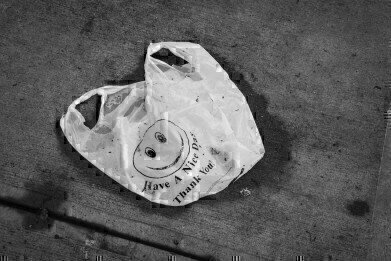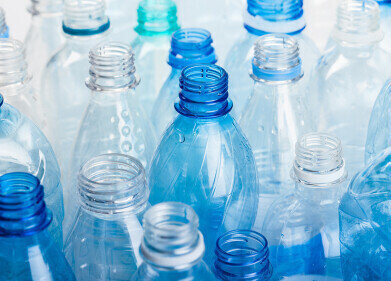Waste Management
Why Are Some Plastics Non-Recyclable?
Oct 28 2022
Plastic is a material that we interact with on a near-constant basis; indeed, it’s almost certainly a chief component in the device upon which you are reading this article right now. But while it’s flexible, convenient and affordable, it carries a sizable environmental price tag. Not only does its production and processing consume vast amounts of resources and result in significant emissions, but it can also take millennia to break down in the atmosphere.
For those reasons, there has been a considerable push to transition away from single-use plastics in favour of those which can be reused and repurposed repeatedly, with recycling of others encouraged. However, not all plastics can be recycled. We’ll take a closer look at some of the reasons why in the article below.
Chemical composition
In certain plastics, the chemicals which go into their construction are not suitable for recycling because they can contaminate the environment in the process. There has been significant outcry over the substances bisphenol A (BPA), antimony and phthalates of late, all three of which are suspected of interfering with the body’s reproductive system and even causing cancer. Meanwhile, the proliferation of contaminants of emerging concern (about which we know very little) in other plastics makes them unsuitable for recycling, too.
Density
Certain plastics, such as the low-density polyethylene (LDPE) used to make plastic bags, clingfilm and other thin materials, are not apt for recycling due to their size. For example, the above items could easily clog the machinery which separates and processes waste items during the recycling process. Were this to happen, the whole operation could be brought to a standstill. As such, it’s much better to target the phasing out of these types of plastic through dedicated schemes, such as the tax on single-use shopping bags.
Age
The recycling process can impact negatively upon the quality and durability of plastic. For that reason, many plastics reach a point where they have already been recycled the maximum amount of times that is feasible. This is because the fibres contained within them will become weak and may begin to deteriorate into microplastics, which have become so ubiquitous today that they even inhabit the air we breathe and can infiltrate our bloodstream. Older plastics such as these will not pass quality testing standards and must be disposed of in landfill or via incineration instead.
Colour
Black plastics are the bane of the recycling industry, since the equipment used to sort plastics into separate categories is incapable of detecting the black pigment they contain. This means that they could easily be sorted incorrectly, which runs the risk of contaminating an entire batch. As a result, it’s safer to dispose of all black plastics via landfill or incineration, though it’s hardly an ideal environmental solution. A better one would be to phase black plastics out entirely, especially since the black dye contributes nothing of value other than aesthetics.
Events
May 05 2024 Seville, Spain
May 13 2024 Munich, Germany
May 23 2024 Beijing, China
May 23 2024 Beijing, China
Jun 10 2024 Algiers, Algeria













